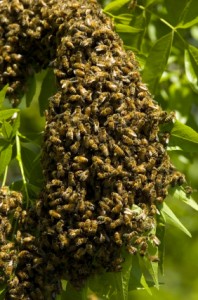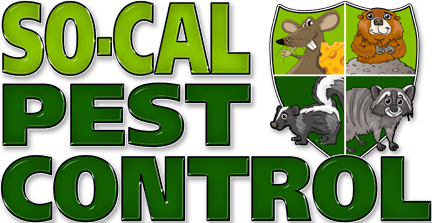 In a worrying trend recognized around the world but especially at home here in Santa Barbara, CA, bee colony numbers have been on the downward trend since the 1940’s for multiple reasons. With more than 20,000 different species of bee worldwide, bees are vital to the pollination of crops and more than 1/3 of the world’s crops rely on bees to happen. We have been getting this question a little bit from our Santa Barbara County customers this year, so we thought we would elaborate a bit on the most common causes for the great reduction in the numbers of bees colonies nationwide and a few tips on how you can help stimulate bee colony expansion in your area.
In a worrying trend recognized around the world but especially at home here in Santa Barbara, CA, bee colony numbers have been on the downward trend since the 1940’s for multiple reasons. With more than 20,000 different species of bee worldwide, bees are vital to the pollination of crops and more than 1/3 of the world’s crops rely on bees to happen. We have been getting this question a little bit from our Santa Barbara County customers this year, so we thought we would elaborate a bit on the most common causes for the great reduction in the numbers of bees colonies nationwide and a few tips on how you can help stimulate bee colony expansion in your area.
Pesticides
Bees feed on the nectar of many common flowers. Insecticides & herbicides containing pyrethroids, fungicides and neonicotinoids have been devastating bee colonies around the world. Because many of the new insecticides actually travel within the plant and make it so that the killer compound is contained throughout the tissue of the treated plant. When bees work their way to a treated plant, they ingest the poisons while they feed on the nectar.
Diseases & Parasites
Colony Collapse Disorder
The phenomena known as colony collapse disorder has been plaguing keepers of European honeybees for decades. Previously known by disappearing disease, spring dwindle and may disease to name a few, it was officially renamed as Colony collapse disorder in 2006 due to the phenomenal rise in occurrence.
Parasites
Parasites can have a big effect on honeybees, as well. Latching on to the back of an unsuspecting bee, it siphons off blood and nutrition and passes on diseases to any honeybee is feeds on. While these don’t mean imminent death, they sure do take a toll, and end up with an eventual demise..
Farming Techniques
Reduced use of centuries-old farming techniques like the use of cover crops, planting flowering crop borders and flowering hedgerows are also considered contributors to the decline.
How Do I Help?
Here’s a couple of easy ways that you can help on a local level.
Plant Bee-friendly Flowers
Planting a diverse assortment of bee-friendly flowers and shrubs anywhere you can on your property is an excellent way to bolster your local bee population. Pollen and nectar-rich flowers like manzanitas, ceanothuses, or california poppies are great flower choices. If you’re in need of nice shrubbery, the California Buckeye shrub, Woolly Bluecurls or the Holly-leaved Cherry are great options. Let us also never forget, the Sunflower.
Don’t Use Pesticides On Your Flowers
Just don’t do it! Don’t confuse this with common perimeter treatments for insects like ants and spiders. You won’t usually find bees hanging out in the same areas so bees don’t typically happen upon these treatments. We’re talking about application of the products directly to the plants or in the soil near the plants, especially those that are especially attractive to bees.
Safety First
While there is great concern about the bee’s reduction in numbers, you should always consider safety first. That means if bees (or any other winged hive or nest maker) make their home in the close vicinity of you or your loved ones recreational areas, do not ignore it. The number of people with possibly-lethal allergies to bees, wasps and hornets are many.
More Information
Some of the information found here was heard on this very informative TED Talk w/Marla Spivak regarding the precarious situation of the dwindling bee population.
